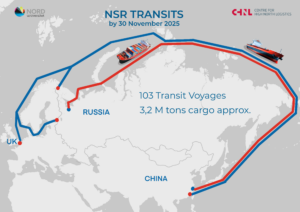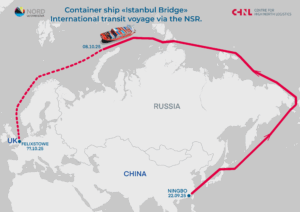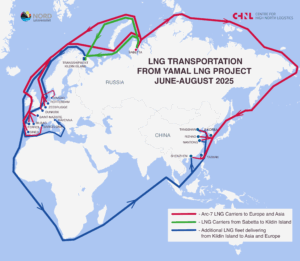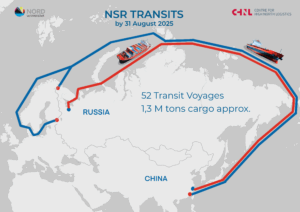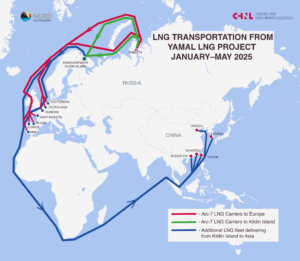A new study has developed a novel agent-based model (ABM) that evaluates wind propulsion technologies (WPTs) adoption in the maritime industry. The research reveals that subsidies for installation costs and networking can significantly increase the adoption of eco-innovations like WPTs.
The model, which is the first of its kind, incorporates multiple WPT options, utility maximization, and technology awareness. By using vessel data and considering the remaining years of operation, the model provides a realistic assessment of net present value (NPV).
The study found that without interventions, the adoption of any of the three WPT options is limited, with the Wingsail technology having the highest adoption rate at only 4% over 30 years. However, when policies such as subsidies for installation costs and fuel taxes are introduced, adoption of Wingsail and Ventifoil technologies increases significantly, especially when efforts are made to reduce installation costs.
The research also discovered that installation cost subsidies have a more significant impact on adoption dynamics than fuel taxes. The combination of networking effects and installation subsidies can lead to a high % of vessels adopting one of the WPTs.
These findings offer a more nuanced understanding of how different levels of industry subsidies can attract shipowners’ interest and serve as a strategy to overcome barriers such as cost and access to capital. Previous research has focused on market-based measures (MBMs), financing research and development initiatives, and fuel prices as drivers for the adoption of WPTs.
The study’s insights suggest that policies should focus on subsidizing installation and maintenance costs, as well as promoting networking effects. These measures can lead to a significant increase in WPT adoption, contributing to global efforts to reduce CO2 emissions in the maritime sector.
Future research could extend the model to incorporate other non-WPT options, such as hydrogen-based technologies, and explore the use of evolutionary game theory to include decisions from stakeholders in the maritime industry. Additionally, researchers could investigate new ways of applying the product-service business model to generate a higher WPT adoption rate in the retrofit maritime industry.
Project website: https://northsearegion.eu/wasp/
Reference:
Chica, M., Hermann, R. R., & Lin, N. (2023). Adopting different wind-assisted ship propulsion technologies as fleet retrofit: An agent-based modeling approach. Technological Forecasting and Social Change, 192, 122559. https://doi.org/10.1016/j.techfore.2023.122559
